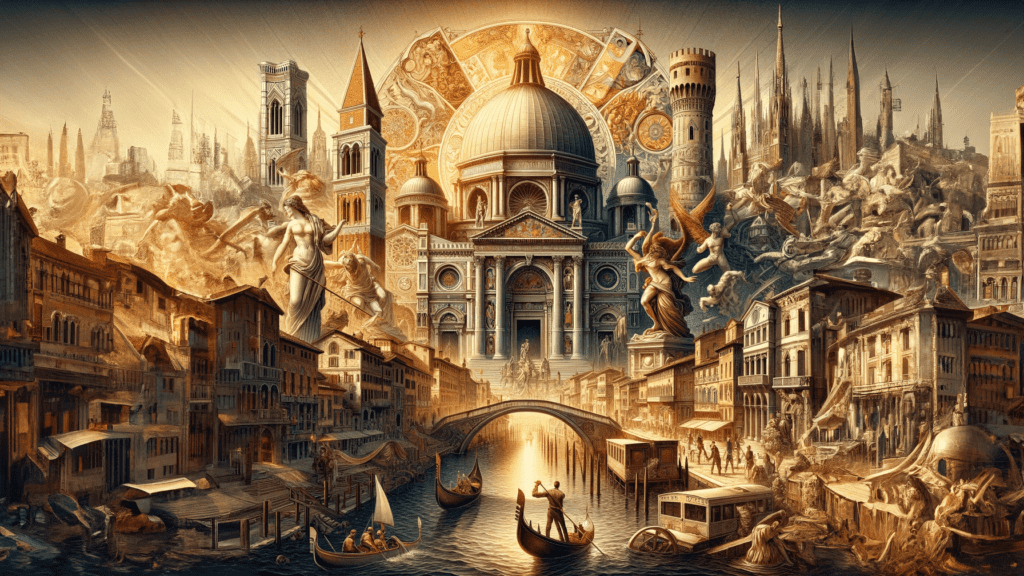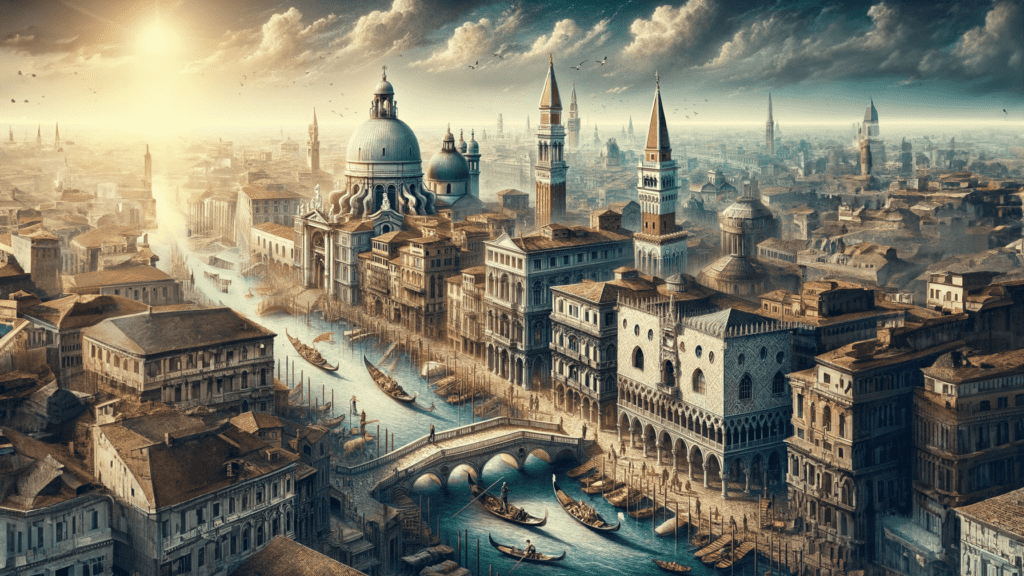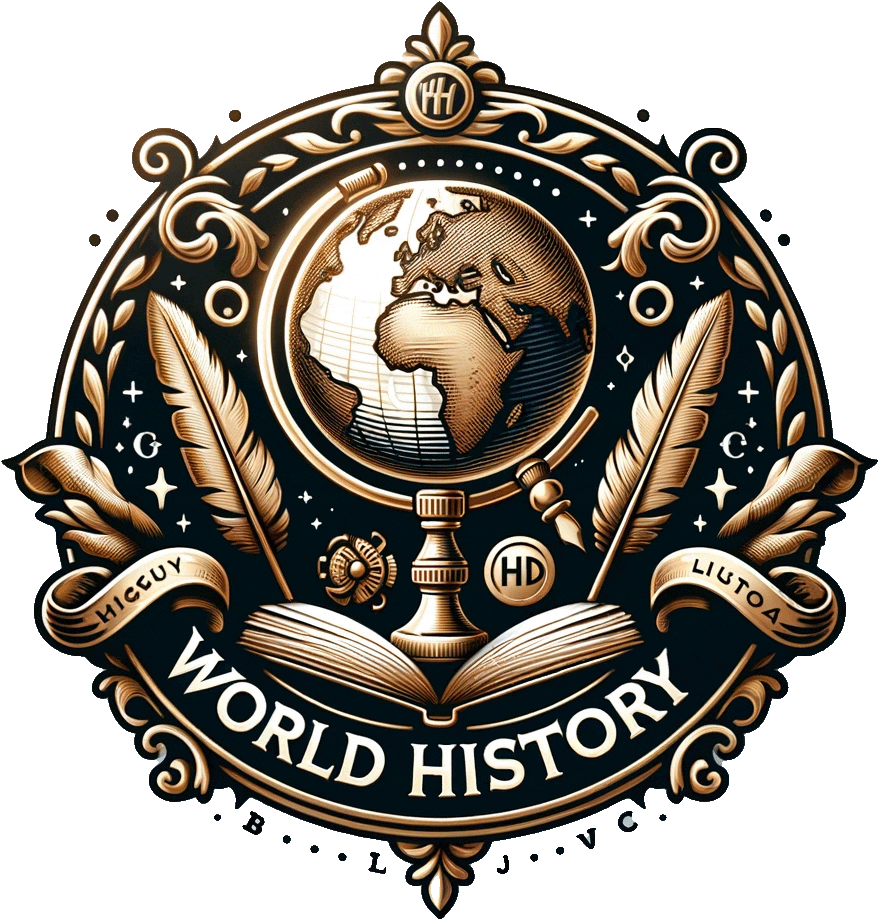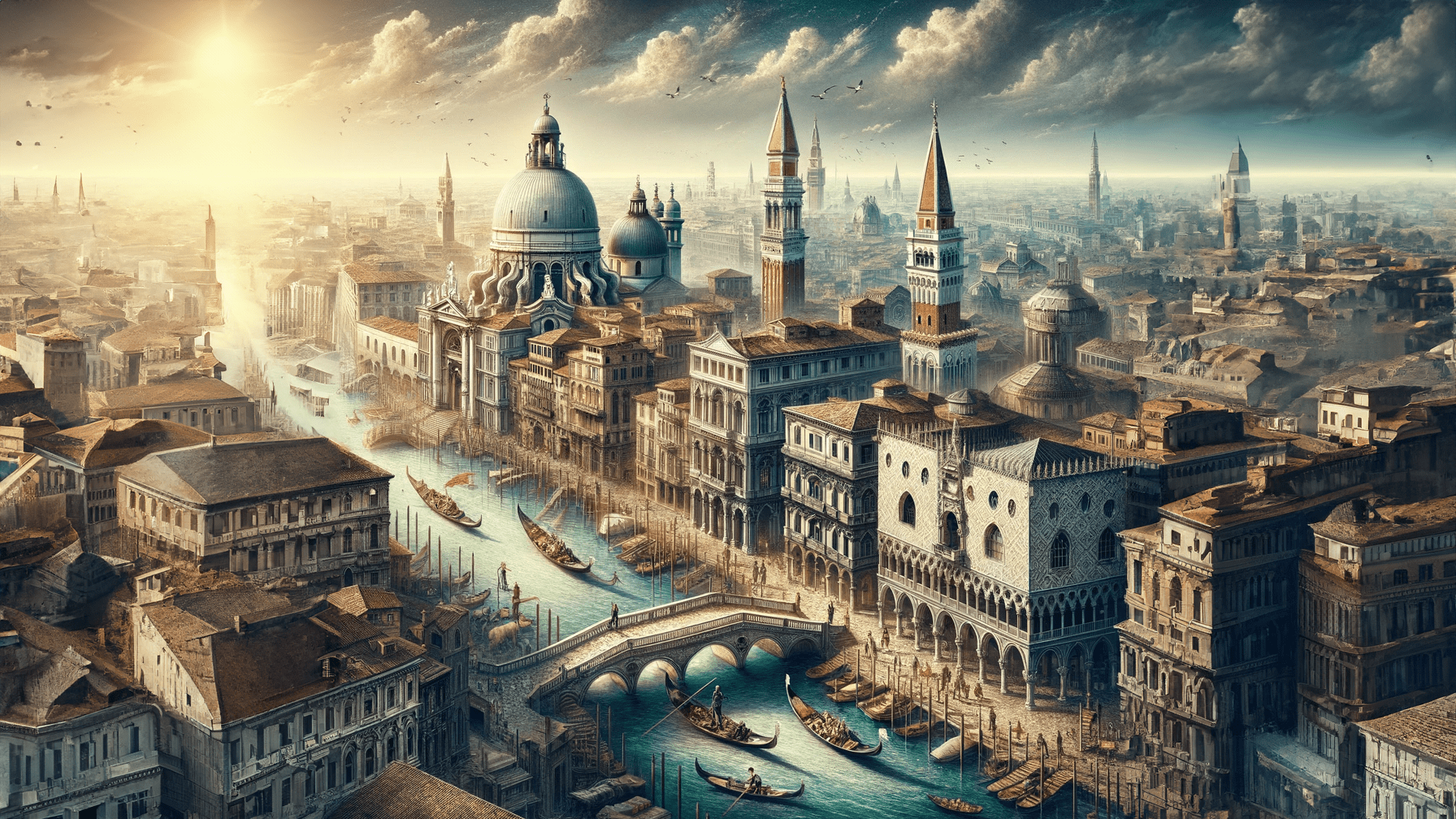The Rise of the City-States in Italy: Venice, Florence, Milan
Italy, a country with a rich history, saw the rise of several powerful city-states during the Middle Ages. These city-states, including Venice, Florence and Milan, played a crucial role in the political, economic and cultural development of Europe. This article explores how these city-states came to be and what influence they had on history.
The Rise of the City States
In the late Middle Ages, several city-states emerged in northern and central Italy. These independent towns were not subject to a feudal lord and had their own government. The rise of these city-states was made possible in part by the flourishing of trade and industry, leading to economic prosperity and political power.
Venice: The Floating City
Venice, known as “La Serenissima,” was unique because of its location on a group of small islands in the Adriatic Sea. The city developed as an important trade center, especially through trade with the Byzantine Empire and the Middle East. Venice’s political structure was remarkable with its Doge and Grand Council, which gave the city a certain stability.
Architecture and Art in Venice
Venice’s prosperity was also reflected in its architecture and art. The city is famous for its Gothic style and Byzantine influences, as seen in the Doge’s Palace and the Basilica of San Marco. Venice was also the center of the Venetian school of painting, with masters such as Titian and Tintoretto.
Florence: Cradle of the Renaissance
Florence, located in the heart of Tuscany, is perhaps best known as the birthplace of the Renaissance. This city-state was dominated by the powerful Medici family, who strongly promoted art and science. Florence was also an important financial center, thanks in part to the development of its banking system.
Art and Culture in Florence
In Florence, art flourished as never before. Great artists such as Michelangelo, Leonardo da Vinci and Botticelli were active in this city. Their works, such as Michelangelo’s David and Botticelli’s Birth of Venus, remain symbols of the Renaissance to this day.
Milan: A Hub of Power and Fashion
Milan, located in the fertile Po Valley, was an important center of trade and industry. The city was under the rule of several families, including the Visconti’s and the Sforza’s. Milan was also an important military and political center in northern Italy.
Milan in Art and Architecture
Milan is famous for its Gothic cathedral, the Duomo, and the convent of Santa Maria delle Grazie, home to Leonardo da Vinci’s The Last Supper. The city also had a thriving fashion and design industry, which continues to this day.
Conclusion
The city-states of Venice, Florence and Milan were not only powerful political entities in their time, but they also had a lasting impact on the cultural and artistic development of Europe. Their contribution to art, architecture, science and economics during the Renaissance laid the foundation for modern Western civilization.
These city-states were forerunners in the development of democratic and administrative systems that formed the basis of modern statecraft. Their rise and flowering were a testament to human ingenuity, ambition and the irrepressible drive for self-determination and cultural development.
The Inheritance of the Italian City States
The legacy of these city-states is still visible today. They have contributed to the formation of a cultural and artistic heritage that is second to none. From the magnificent works of art in the Uffizi Gallery in Florence to the breathtaking architecture of the Venetian canals and the imposing Duomo in Milan, these cities remain a source of inspiration and admiration for the entire world.
In contemporary times, Venice, Florence and Milan remain important cultural, economic and tourist centers. Their rich history and contribution to the arts and sciences remain an integral part of their identity and appeal.
The rise of the city-states in Italy, particularly Venice, Florence and Milan, marks a crucial chapter in world history. These cities were the scene of some of the most significant developments in art, politics and science. Their story is an inspiring example of how urban centers can become baking mats of culture and innovation, and how they can sustain and spread their influence for generations.




Leave a Reply